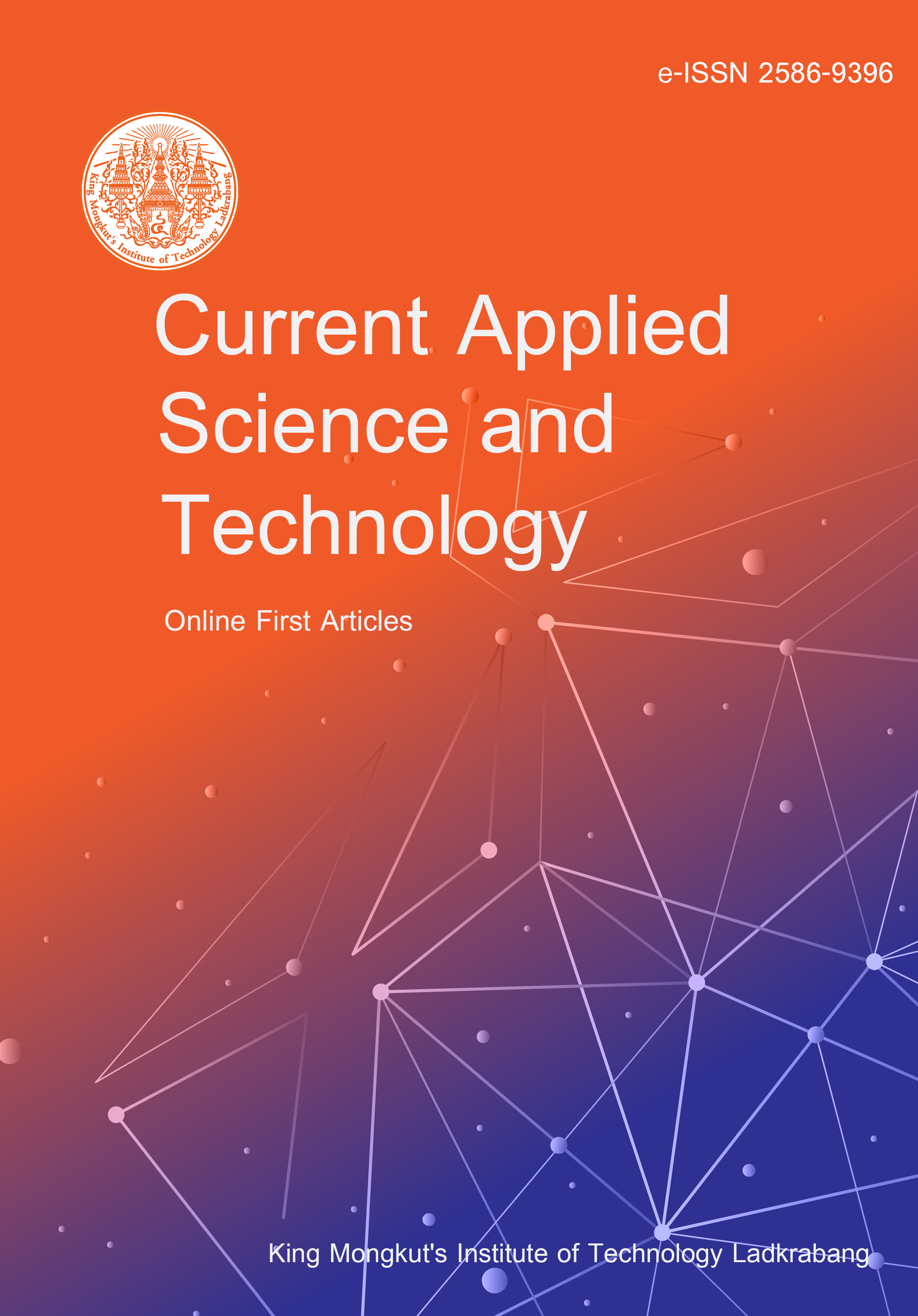Proton conducting membranes based on nata de coco (bacterial cellulose) and cow hoof keratin were synthesized. Nata de coco was produced by fermentation with Acetobacter xylinum bacteria and cow hoof keratin obtained from the hydrolysis of cow hoof using NaOH solvent. Membranes were synthesized with variations in the mass ratios of nata de coco: cow hoof keratin, namely 4.5:0.5, 4.7:0.3. 4.0:1.0. The proton conducting membranes were characterized by functional group analysis with Fourier transform infrared spectroscopy (FTIR), diffractogram patterns were observed using X-ray diffraction (XRD), and proton conductivity was tested at temperatures of 25°C, 40°C, 60°C and 80°C. The degree of swelling and methanol permeability were also analyzed. The FTIR spectrum results showed that physical interactions appeared at the peak of 3000-3500 cm-1. The results of the XRD diffractogram analysis showed that all variations of the composite membrane mass were semicrystalline originating from a combination of the crystalline phase of bacterial cellulose and the amorphous phase of cow hoof keratin. The highest degree of swelling was obtained at a mass ratio of 4.0:1.0 of 33.05% while the lowest methanol permeability was at a mass ratio of 4.5:0.5 of 2.1×10-9 mol/cm.s. For the proton conductivity of the composite of bacterial cellulose nata de coco and cow hoof keratin variation 4.0:1.0, the highest proton conductivity was obtained at 2.68×10-4 S/cm and at a temperature of 25°C. In short, the results of this study indicate that the composite membrane has the ability to conduct protons and has the potential to be developed as an alternative fuel cell.
Gustian, I. ., Susriati, G. ., Nurwidiyani, R. undefined. ., Sutanto, T. D. ., & Asdim, (2025). Modification of Nata De Coco Composited with Cow Hoof Keratin as a Candidate for Proton Conducting Membrane. CURRENT APPLIED SCIENCE AND TECHNOLOGY, e0267501. https://doi.org/10.55003/cast.2025.267501

